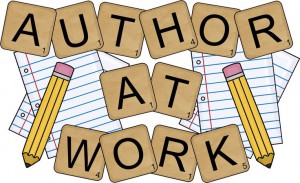 Why would anyone want to start a forest fire on purpose? In this STEAM mini spark you will find out the answer to this question along with many more ideas about this topic.
Why would anyone want to start a forest fire on purpose? In this STEAM mini spark you will find out the answer to this question along with many more ideas about this topic.
Spark your thinking!
1. Set up your STEAM mini spark recording page: #10: Benefits of Fire
2. Find the answers to these questions using the sources below.
- How can you conduct a controlled burn/prescribed burn?
- What types of scientists/professionals work in this field?
- What components of STEAM (Science, Technology, Engineering, Art, and Math) are important to the controlled burn process?
Research Links: While reading/watching each resource, record information that is new to you, is interesting, or sounds important.
National Geographic article, Controlled Burning.
Firefighter from Florida interview question 1, “How has a place like Florida been shaped by fire?”
Firefighter from Florida interview question 2 “What does it mean to do a prescribed fire or controlled burn?”
Fontenelle Forest Website page, Prescribed Fires
Smokey Bear Website page, Benefits of Fires
National Geographic article, The Ecological Benefits of Fire
3. Record your answers to the 3 questions on your recording sheet.
4. When you are finished researching and answering the 3 questions, display your learning somehow. Push yourself to try a new app or a new way of showing your learning. Here are some examples:
- Write a letter Fontenelle Forest
- If you could interview a restoration biologist, what questions would you ask?
- Make an infographic with terms, images, and details about the topic.
5. Share your STEAM mini spark recording page with your teacher/EY coordinator.
Check out the Natural Disaster Reporter badge at the EY website.












